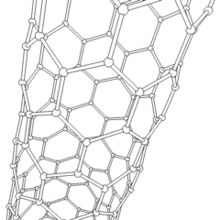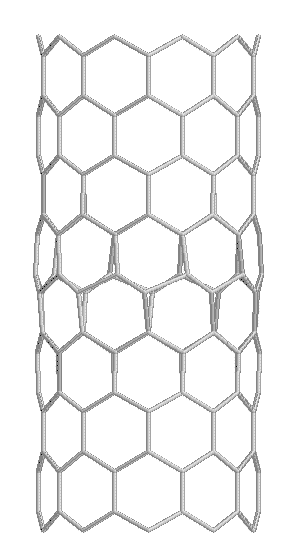_Part of the process (discharging) for electric nanotubes
Electrical resistance ( Reverse ) of CNT carbon nanotubes and CNTs
Researcher and author: Dr. ( Afshin Rashid)
Note: Carbon nanotubes, CNTs and CNTs in the reverse state are highly sensitive to oxygen. Adding a small amount of oxygen to these nanotubes can reverse their electrical resistance, as a result, semiconductor nanotubes can become metal nanotubes due to the presence of oxygen.
Electronic conduction can affect some of the inherent properties of these nanotubes . Heat treatment on nanotubes reduces the number of structural defects of nanotubes, defects that are caused by purification operations or catalyst particles. After heat treatment, the electronic spectrum of CNT single-walled carbon nanotubes lost its sensitivity to electronic conduction, while it is sensitive to the electronic evolution of carbon nanotube particles in reverse mode . Therefore, some inherent properties for pure nanotubes or those that have been slightly heated are subjected to the reaction of electromagnetic particles and increase in conductivity in reverse mode.
The functionalization of the side wall of nanotubes leads to better connection of composites with nanotubes and also improves the sensitivity and electronic conductivity of CNT and CNTs carbon nanotubes. This charge transfer provides important information about the electronic response in the reverse mode of these nanoclusters, which will affect the electron transfer in the nanotubes. It allows controlling the shape, dimensions, electronic resistance, and penetration of electromagnetic nanoparticles in the reverse mode on the nanotubes. .
Conclusion:
Carbon nanotubes, CNTs and CNTs in reverse electronic state are highly sensitive to oxygen. Adding a small amount of oxygen to these nanotubes can reverse their electrical resistance, as a result, semiconductor nanotubes can become metal nanotubes due to the presence of oxygen.
Researcher and author: Dr. ( Afshin Rashid)
Specialized doctorate in nano-microelectronics





